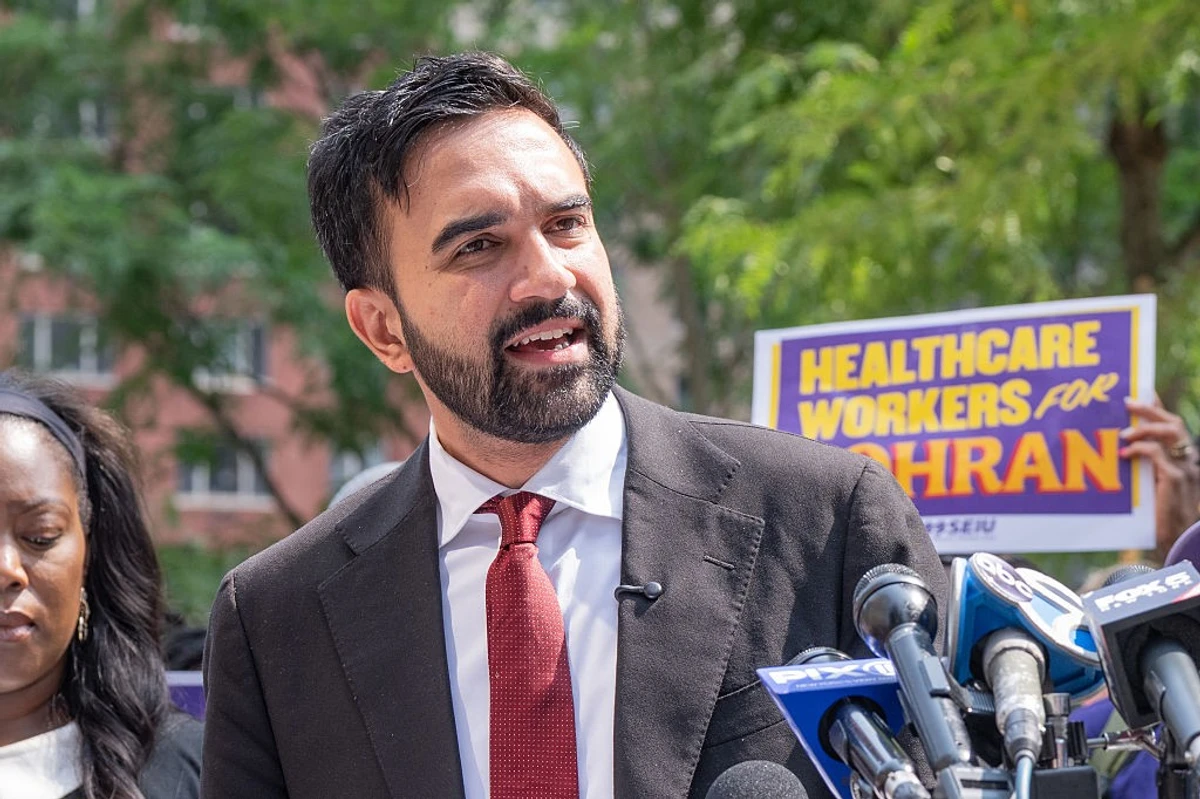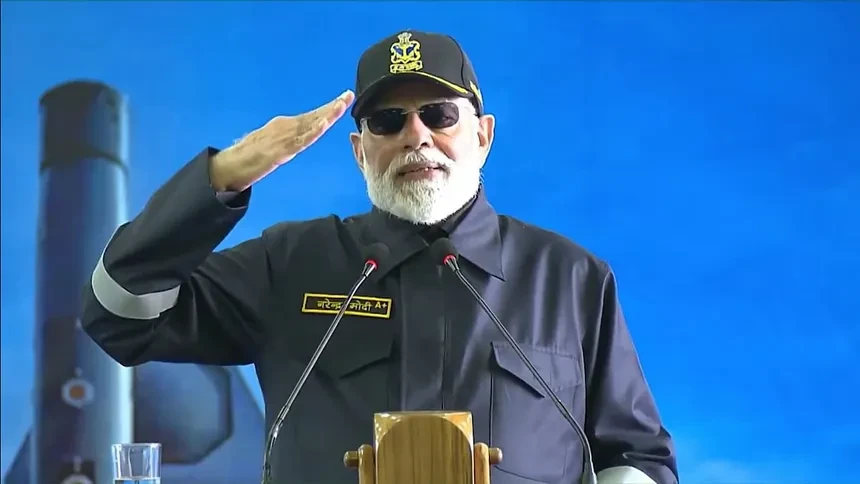US Government Shutdown Reaches Day 21
The U.S. federal government shutdown has now entered its fourth week, with no resolution in sight. On Monday, the Senate failed for the 11th time to advance a House-passed funding bill, leaving the shutdown at Day 20. Each attempt fell short of the 60 votes required, highlighting the persistent deadlock between Republicans and Democrats.
Senate Majority Leader John Thune has indicated that lawmakers may need a longer-term funding solution if the stalemate continues into 2026.
Impact on Federal Employees and Military Personnel
Federal employees and military personnel are among the hardest hit, with some continuing to work without pay.
- Energy Secretary Chris Wright reported that the National Nuclear Security Administration has furloughed the “large majority” of its workforce, keeping only mission-critical staff on duty.
- Senate staffers were informed they would not receive pay for the duration of the shutdown.
- Transportation agencies, including the TSA, reported longer-than-usual wait times due to staffing shortages.
A staffer at Hartsfield-Jackson Atlanta International Airport described the scene as “chaotic,” emphasizing the strain on employees and travelers.
Senate Deadlock and Negotiation Challenges
House Republicans remain largely absent from Washington, leaving the Senate to shoulder the responsibility of reopening the government. Speaker Mike Johnson stated the House would return only if the Senate approves funding for federal workers and military personnel. However, he expressed doubt that such a vote would happen soon.
Senator Markwayne Mullin described the negotiations as “at an impasse,” reflecting the lack of progress despite occasional one-on-one discussions. Senate Democrats have resisted a longer continuing resolution (CR) without guarantees for Affordable Care Act subsidies, while GOP members have offered a separate vote on these subsidies.
Stopgap Funding and Policy Debates
Initially, House Republicans approved a stopgap funding bill to last seven weeks, but the shutdown now extends past the November 21 deadline. GOP leaders are discussing longer-term solutions, with timelines ranging from mid-December to potentially extending into the next fiscal year.
Appropriators advocate for shorter CRs to enable bipartisan budget deals, while conservative hardliners push for extensions lasting into March or beyond.
Broader Implications for Federal Operations
The political deadlock is impacting federal operations:
- The Office of Management and Budget paused over $11 billion in Army Corps of Engineers projects to “reorient” federal funding.
- Senate Armed Services Chairman Roger Wicker criticized the furlough of most staff at the National Nuclear Security Administration, citing risks in nuclear oversight.
- Transportation Secretary Sean Duffy reported absenteeism among air traffic controllers and TSA staff, contributing to operational delays, compounded by tech disruptions like the recent AWS outage.”
Federal employees report high uncertainty. One worker said, “Every day we show up, but the uncertainty about pay makes it hard to plan anything beyond the next week.” Analysts warn that a prolonged shutdown could affect not only federal workers but also broader economic projects and services across the country.








